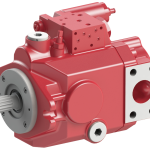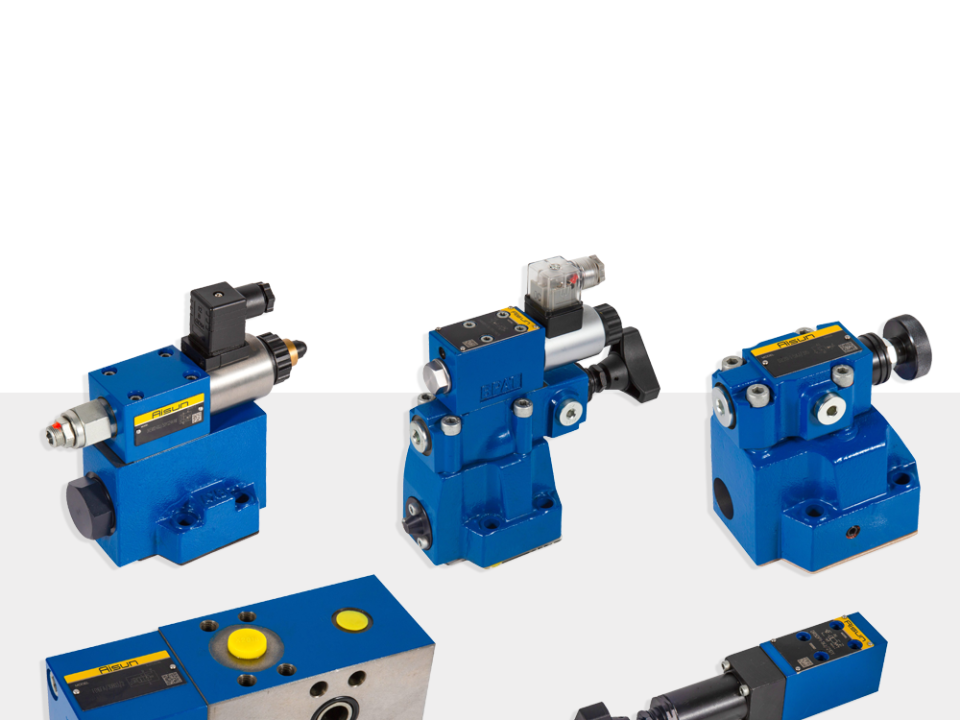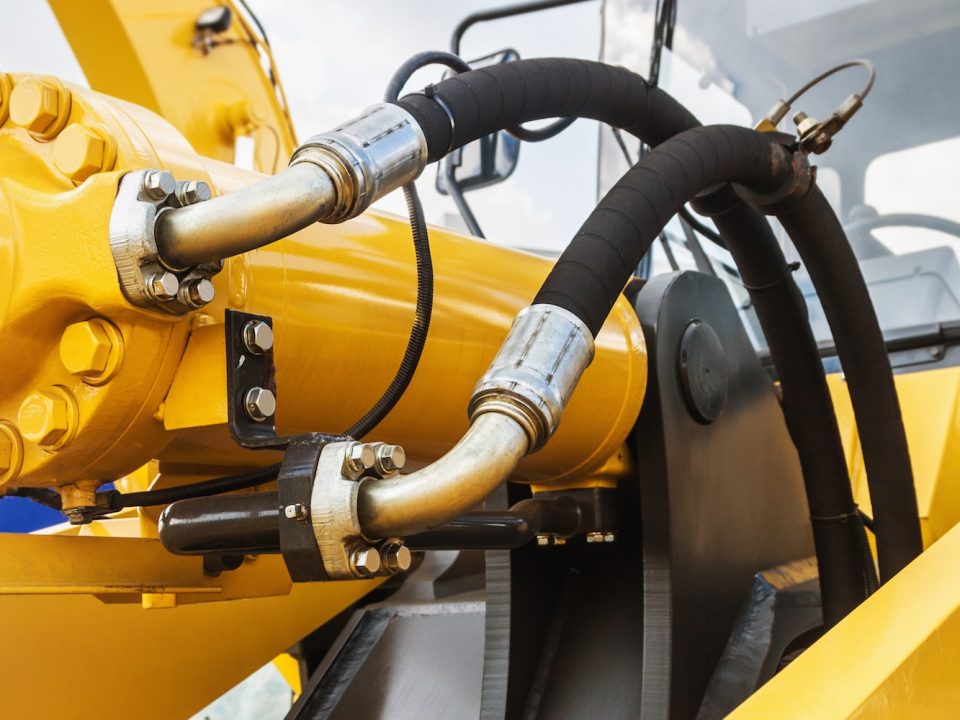
Hydraulic Pumps
April 29, 2025Hydraulic Cylinders: Structure, Types, Applications, and Maintenance
💡 Introduction
Hydraulic cylinders are one of the most critical components in fluid power systems, used to generate linear motion and force through pressurized hydraulic fluid. These devices play a vital role in various industries such as construction, agriculture, automotive, and aerospace. In this article, we will explore the fundamentals, structure, types, applications, and maintenance practices related to hydraulic cylinders, offering a comprehensive understanding of their function and importance.
—
🧠 Section 1: Basics of Hydraulic Systems
🔍 What is a Hydraulic System?
A hydraulic system uses an incompressible fluid, typically oil, to transmit energy from one point to another. The operation of hydraulic systems is based on Pascal’s Law, which states:
> “Pressure applied to a confined fluid is transmitted undiminished to every part of the fluid and to the walls of its container.”
This principle allows small forces to be amplified into large ones by varying the areas over which the pressure acts. Hydraulic cylinders utilize this property to produce powerful and controlled linear motion.
—
⚙ Section 2: Structure and Working Principle of Hydraulic Cylinders
🔁 What Is a Hydraulic Cylinder?
A hydraulic cylinder is a mechanical actuator that converts hydraulic energy into linear force and motion. It consists of a cylindrical barrel, a piston connected to a piston rod, and ports for fluid entry and exit.
🧩 Main Components
| Component | Description |
|———-|————-|
| Cylinder Barrel | Hollow tube housing the piston and fluid |
| Piston | Solid disc that moves within the cylinder under pressure |
| Piston Rod | Rod attached to the piston that extends outside the cylinder |
| Seals | Prevent leakage between moving parts |
| Ports | Entry and exit points for hydraulic fluid |
🔄 Working Principle
– Pressurized fluid enters through one port.
– The pressure pushes the piston, creating linear motion along the piston rod.
– Reversing the flow direction causes the piston to move in the opposite direction.
– The amount of force generated depends on the pressure and the piston area.
—
📊 Section 3: Types of Hydraulic Cylinders
There are several types of hydraulic cylinders, each suited for different applications.
1⃣ Single-Acting Cylinders
✅ Advantages:
– Simple design
– Lower cost
– Easy to maintain
❌ Disadvantages:
– Motion only in one direction
– Requires external force (gravity or spring) to return
📌 Application: Vehicle jacks, dump trucks
—
2⃣ Double-Acting Cylinders
✅ Advantages:
– Bidirectional movement
– Precise control
– High efficiency
❌ Disadvantages:
– More complex
– Higher cost
📌 Application: Excavators, tractors, industrial machinery
—
3️⃣ Telescopic Cylinders
✅ Advantages:
– Long stroke length
– Compact when retracted
❌ Disadvantages:
– Limited pressure capacity
– Expensive
📌 Application: Dump trailers, aerial lifts
—
4️⃣ Rodless Cylinders
✅ Advantages:
– Space-saving design
– High-speed operation
❌ Disadvantages:
– Lower load capacity
– Requires precise alignment
📌 Application: Automated assembly lines, packaging machines
—
📋 Comparative Table of Hydraulic Cylinder Types
| Type | Actuation | Force Capacity | Stroke Length | Typical Use |
|——|———–|—————-|—————|————–|
| Single-Acting | One-way | Medium | Short | Jacks, lifts |
| Double-Acting | Two-way | High | Medium | Excavators, presses |
| Telescopic | One or two-way | Medium-High | Long | Dump trucks, lifts |
| Rodless | Two-way | Low-Medium | Short | Automation, robotics |
—
🔧 Section 4: Installation, Maintenance & Troubleshooting
🛠️ Proper Installation Practices
– Ensure proper alignment between cylinder and mounting brackets
– Use high-quality seals and hoses
– Fill with clean, recommended hydraulic fluid
– Avoid air entrapment during startup
🧼 Routine Maintenance
– Regular inspection of seals and rod surface
– Check for internal leaks or bypassing
– Replace filters and hydraulic oil as per schedule
– Monitor operating pressure and temperature
🔍 Common Signs of Failure
– Oil leakage around seals or rod
– Reduced force or speed
– Unusual noise or vibrations
– Jerky or uneven motion
🛠 Troubleshooting Techniques
– Measure system pressure using gauges
– Inspect fluid condition (color, viscosity, contamination)
– Examine wear on piston, rod, and seals
– Test directional valve and pump functionality
—
📈 Section 5: Industrial Applications of Hydraulic Cylinders
🚜 Agricultural Machinery
– Tractors and harvesters
– Loader arms and plows
– Spraying equipment
🏗️ Construction Equipment
– Excavators and bulldozers
– Crane booms and outriggers
– Concrete pumps and pavers
🚗 Automotive Industry
– Hydraulic brakes and suspensions
– Power steering systems
– Car lifts and jacks
✈ Aerospace Industry
– Landing gear deployment
– Flight control surfaces
– Emergency backup systems
—
🚀 Section 6: Technological Trends and the Future of Hydraulic Cylinders
☁ Smart Hydraulic Cylinders
Modern advancements have led to the development of smart cylinders equipped with sensors and digital interfaces, allowing for:
– Real-time position and pressure monitoring
– Predictive maintenance alerts
– Remote diagnostics and control
♻ Green Hydraulics
The industry is moving toward environmentally friendly solutions, such as:
– Biodegradable hydraulic fluids
– Lightweight and durable materials
– Energy-efficient designs
—
✅ Conclusion
Hydraulic cylinders are essential for generating controlled linear force in countless machines across multiple industries. Understanding their working principles, types, installation requirements, and maintenance needs is crucial for maximizing machine performance and longevity. As technology evolves, we can expect smarter, more efficient, and environmentally friendly hydraulic systems, making ongoing innovation and education in this field essential.



